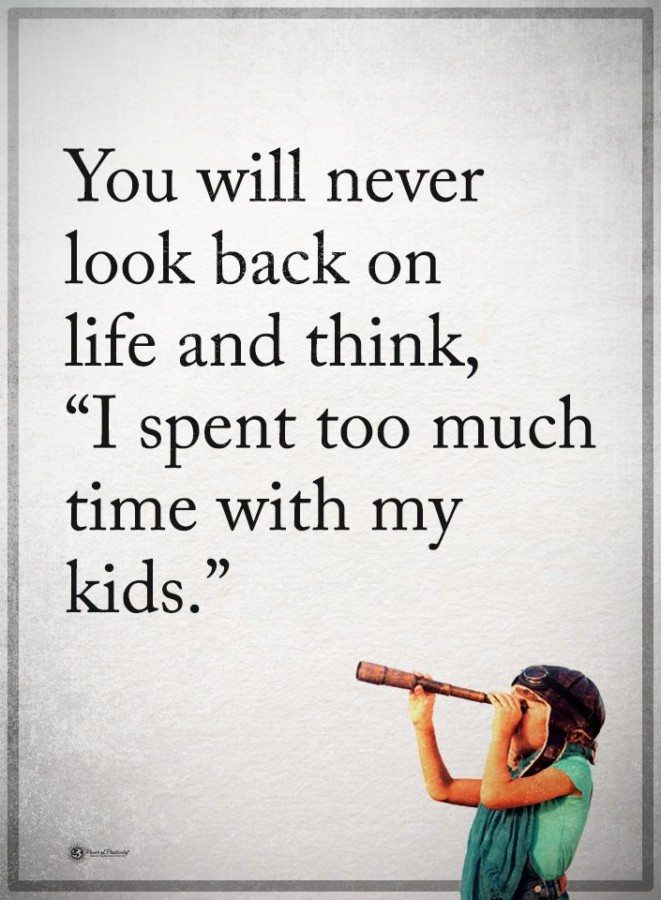Giving kids a time-out is a common technique practiced by parents everywhere. Pediatricians recommend these breaks, and schools utilize them, too. However, you may have noticed that a break like this doesn’t improve your child’s behavior.
While time-outs are supposed to teach kids to do better, child psychologists now say it doesn’t work that way. This method of punishment usually results in a power struggle where you’ll both end up frustrated and angry. Even worse, you won’t reach the desired outcome and will still face the same struggles with your child’s behavior.
Many parents prefer giving their child a break over other methods such as spanking, but there are still different ways to handle it. A break might stop poor behavior at the moment, but it doesn’t promote emotional stability, resiliency, or empathy. Children must learn how to develop these qualities, and they require the help of a trusted adult.
Now that child psychology indicates breaks don’t work, you must understand why. When you know why this parenting technique doesn’t work, you’ll want to find something that does. Utilizing positivity when punishing your child can make all the difference, and you’ll quickly notice improved behavior.
Why the Time-Out Technique Might Not Work for All Kids
Using these breaks as a discipline technique started in the 1950s when the world was much different. Psychologists didn’t know as much in the 1950s, and updated research helps them understand things differently. For starters, people connect, behave, communicate, and respond differently.
The differences between when time-outs originated, and modern-day parenting are drastic enough to require changes in how you handle discipline. Now that psychologists know more about behavior, it’s essential to listen to what they have to say. We must do better and find positive ways to help our children as we learn more.
The Discipline Should Be Directly Related to the Behavior
If your child often gets angry or resists going to time-out, it is likely because their consequence isn’t related to the behavior. Kids want things to feel fair and consistent, so their punishments should follow those guidelines whenever possible.
For instance, if they refuse to brush their teeth or floss, you could take away sweets. Likewise, if they rollerskate in the house, you might consider not letting them use their skates for a while.
When you choose punishments related to the bad behavior, it helps the child correlate the issue and accept the consequence. Best of all, it is more likely to prevent bad behavior in the future.
The Child Doesn’t Learn Anything Positive from a Time-Out
When a child has to sit in time-out, it typically means taking a break where they sit quietly. The parent or caregiver continues what they were doing before, and the child takes their five-minute break alone. As they sit there, the child doesn’t learn anything about the situation or what they should do differently next time.
When kids are in trouble, the caregiver should view the situation as a learning opportunity. The child would benefit from learning other ways to respond in the future. If you take the time to explain why their choice wasn’t the best option and offer different strategies for next time, the child can learn.
However, if you force the child to sit quietly alone, they don’t think of any of those things. Instead, they’ll think about how unfair it is that they have to take a break. Kids need guidance in these areas to learn how to handle themselves positively.
Time-Out Doesn’t Support Emotional Connections
Kids need an emotional connection with their parents, especially when having a hard time. Research shows that kids learn best when they have a secure relationship with their caregivers. However, sitting alone doesn’t support the emotional connection and forces the child to suffer alone.
Kids are still learning to handle their emotions, and when they lose control, they need guidance. The child misses out on an essential psychological need by sitting alone to take a break after getting in trouble.
In the past, parents didn’t know that this could be detrimental. New information shows what it can do to kids, so it’s best to use the tools you have to help your child instead. Plus, when you form an emotional connection, it helps the child calm down and listen to your words.
What You Can Do Instead of Time-Out
If you use the time-out parenting method, don’t feel bad about it. When you don’t know that something doesn’t work, there’s no incentive to do anything differently. However, if you want to change your parenting style, there are many other options.
When you learn positive parenting techniques that work, it’s life-changing for you and your child. It eliminates frustration and helps them learn to do better in the future. When your child learns from their mistakes and develops an emotional connection, their behavior will drastically improve.
Kids under three require different consequences, so you must address those options first. If your child is under three, you can try the following techniques to correct their behavior:
- take away the object they are using for the negative behavior
- remove the child from the environment
- shift the child’s focus to something else
- offer a new activity
If your child is over the age of three, there are even more options that you can try. Your goal should be to prepare your child for difficult situations, helping them make the best choices next time. Try the following methods in place of time-outs:
Give Positive Attention Instead of Time-Out
Kids need attention, and they’ll try to get it no matter what it takes. If your child feels they aren’t receiving positive attention, they’ll start acting out to get negative attention instead. Kids know which buttons to push to get your attention, and they’ll do it repeatedly if that’s the only way to get you to focus on them.
Giving positive attention doesn’t take much time, but it does require consistency. Take a few minutes each day to spend one-on-one with your child. Make sure there are no distractions, including cell phones, and do something your child wants to do.
You won’t regret the uninterrupted time spent with your child, and you’ll notice a considerable change in their behavior. Each time you spend one-on-one time with your child, it helps them stay positive and be cooperative. Life is busy enough, but taking this time out of your day will be well worth it.
Teach Your Child About Better Behaviors
When you discipline your child, you must use it as a teaching opportunity. Discipline won’t help if you don’t take the time to explain why their behavior wasn’t good. Plus, they won’t know what to do differently next time if no one takes the time to tell them.
Discipline should be more about teaching and instructing the child. While consequences are necessary, you must teach your child how to do better next time. If you don’t take advantage of the learning opportunity, your child will struggle to make better choices later.
Role Play a Better Outcome in Place of a Time-Out
One way to teach your child to do better in the future is to role-play. Pretend that you’re the child and let the kid pretend to be the adult helping you learn to make better choices.
As the child guides you through making better choices, the things you’ve told them over the years will come out. They’ll start showing you in the same way you helped them in the past. This method helps solidify a positive mindset to help with making better choices later on.
Be Encouraging When They Did Something Good
Don’t ignore the behavior when you see your child do something good. You might think that since it’s what they are supposed to do anyway that there’s no reason to praise them. However, offering praise when your child doesn’t something good will encourage positive behavior in the future, too.
When your child cleans up a mess, offer positivity and tell them you see that they worked hard. Tell them that what they did was a big help and that you appreciate it. Likewise, praise them when they share with others or do something kind.
Set and Enforce Limits
Kids often make it seem like they’d rather have no rules or structure, but that isn’t true. They thrive when they know their boundaries and make better choices with structure. You don’t need too many rules, but you should have a few essential family expectations.
Be clear and upfront about the rules, and ensure your kids know the consequences. If they know the rules ahead of time, there will be no surprises when they get punished. As you set the rules and consequences, remember to make sure the punishment is related to the bad behavior.
Final Thoughts on Child Psychology Explains Why the Time-Out Technique Might Not Work for All Kids
Many parents give their kids a time-out when misbehaving, but it isn’t as effective as other methods. Child psychologists have discovered that this parenting method isn’t as beneficial as was once believed. Now that we know better, we must do better and teach our kids better.
Remember why a time-out might not work the next time your child misbehaves. Try some of the other strategies and see if they work better. You’ll likely end up surprised by the drastic improvement in your child’s behavior.

















 Community
Community

